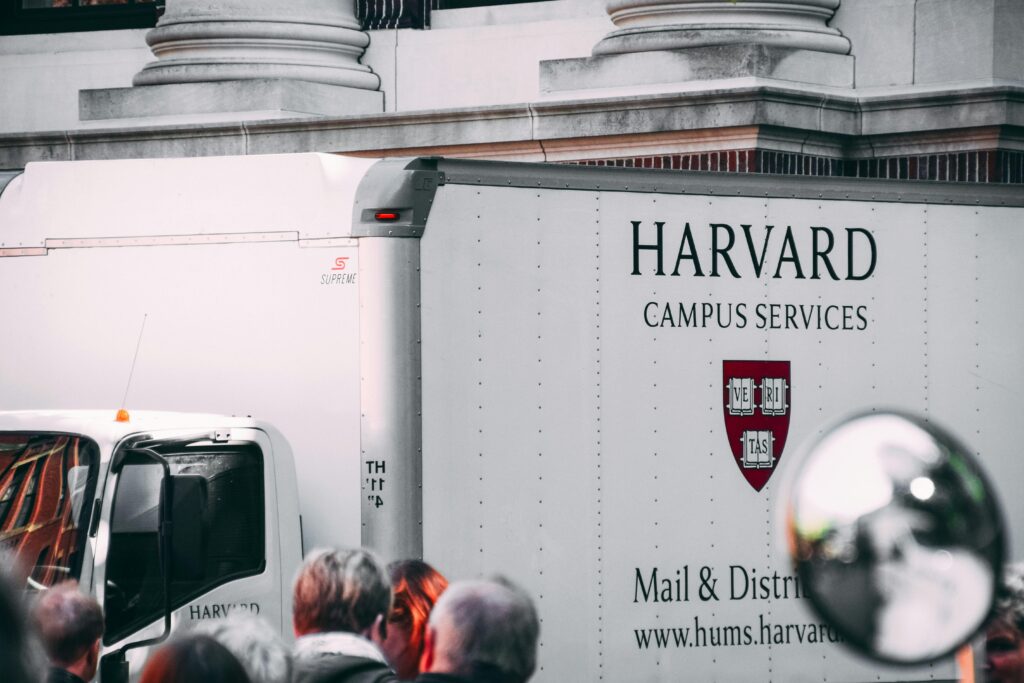STUDY IN USA
Welcome to The Digi Global
Advance Your Ambitions Pursue World-Class Graduate Studies in the USA.
Why Study in the United States?

The United States is a top destination for international students, offering world-class education, diverse academic programs, and cutting-edge research opportunities. U.S. universities emphasize innovation, critical thinking, and personalized learning, allowing students to tailor their education to match career goals. With a multicultural environment, modern facilities, and strong global recognition, a degree from the USA opens doors worldwide. Studying in the U.S. also fosters independence, personal growth, and cross-cultural understanding. For Nepalese students, it’s an ideal choice for academic excellence, professional development, and a transformative international experience.
World-Class Universities in the United States
The United States is one of the most sought-after destinations for higher education, hosting many of the world’s top-ranked universities. Known for academic excellence, research leadership, and global prestige, U.S. institutions offer a broad spectrum of programs designed to prepare students for international success.
Top Universities in the USA:
Harvard University
Stanford University
Massachusetts Institute of Technology (MIT)
University of California, Berkeley
Columbia University
Princeton University
University of Chicago
Yale University
U.S. universities are especially known for STEM, Business, Social Sciences, and Health Sciences, with strong industry partnerships and global alumni networks.

Programs Available for International Students
American universities offer a wide array of undergraduate, master’s, and doctoral programs. Many institutions provide flexible curricula, allowing students to tailor their studies to fit personal and professional goals.
Popular Fields of Study:
Business Administration & Management
Computer Science & AI
Engineering & Technology
Health & Medical Sciences
Economics & Social Sciences
Liberal Arts & Humanities
Film, Media & Performing Arts
Courses are primarily taught in English, and students are encouraged to participate in research, internships, and cross-disciplinary study.

Scholarships for International Students
To make studying more accessible, the U.S. government, universities, and private foundations offer a wide range of scholarships for international students.
Major Scholarships:
Fulbright Foreign Student Program – Full tuition, living expenses, and travel support
Hubert H. Humphrey Fellowship – For professionals pursuing non-degree study
University-Specific Scholarships – Offered by Harvard, Stanford, MIT, and more
Merit-Based and Need-Based Financial Aid
STEM & Research Grants from U.S. Agencies
Many scholarships are competitive but generous, significantly reducing the financial burden.


Living in the United States as a Student
The U.S. offers a high standard of living with a range of urban, suburban, and college-town environments. International students can enjoy a diverse and inclusive lifestyle supported by modern amenities.
Major Student Cities:
New York City: Global business, finance, and arts hub
Boston: Renowned for education and history
San Francisco: Leading tech and innovation center
Chicago: Cultural diversity and strong academic presence
Los Angeles: Media, entertainment, and arts capital
Average Monthly Living Costs:
Accommodation: $500–$1,500
Food: $300–$600
Transportation: $50–$150
Health Insurance: ~$100–$200 (mandatory)
Options include university dormitories, shared apartments, and off-campus housing.
Education System
The U.S. education system offers diverse options for higher learning, including public (state) universities, private non-profit universities, community colleges, liberal arts colleges, and for-profit institutions. Public universities (or state universities), such as those in the SUNY system, receive government funding and often offer lower tuition fees for in-state residents, while international and out-of-state students pay higher rates. Community colleges, also publicly funded, provide two-year associate degrees and serve as a pathway to bachelor’s programs at four-year institutions, with notably lower tuition costs. Private non-profit universities like Harvard, MIT, Stanford, and Yale are globally renowned and typically charge higher tuition fees; however, they offer generous financial aid and scholarships to offset costs. Liberal arts colleges focus on undergraduate education in the humanities, sciences, and arts, offering small class sizes and a well-rounded academic experience. Though mostly private and non-profit, a few public liberal arts colleges also exist. For-profit universities, which operate as businesses, have gained attention for prioritizing profit over student outcomes, prompting calls for stricter regulation. Despite recent declines in enrollment, they remain part of the U.S. higher education landscape. With a wide range of institutions and programs, the U.S. remains a top destination for international students seeking academic excellence, career advancement, and global opportunities.
Study Costs
While the United States remains the most popular destination for international students, it is also one of the most expensive places to study. However, despite the high headline costs—often running into tens of thousands of dollars annually—it’s essential to explore the full picture, including tuition variations and available financial aid. According to HSBC’s 2014 global study report, the U.S. ranked as the third most expensive study destination, with average annual costs (including tuition and living expenses) estimated at around US$36,564. Top-tier private universities can cost up to US$60,000 per year, but more affordable alternatives exist. Public universities, especially those within state university systems, offer two tuition rates: a lower rate for in-state residents and a higher rate for out-of-state and international students. For 2014–15, the College Board reported average tuition fees at state colleges as $9,139 for residents and $22,958 for others, while private non-profits averaged $31,231. The most cost-effective option is public two-year colleges—commonly called community, technical, or city colleges—where tuition averaged just $3,347. Though they don’t offer full degrees, these institutions award associate degrees, which can be used to transfer to four-year universities. In short, thorough research and planning can help students find institutions that best suit their academic goals and financial situation.

Student Visa Process for the USA
To study in the U.S., you must obtain an F-1 (Academic) Student Visa. The process is streamlined and supported by U.S. embassies and educational institutions.
Requirements Include:
Form I-20 issued by your university
Proof of financial support
Valid passport
DS-160 Visa application form & SEVIS fee
Visa interview appointment at a U.S. embassy or consulate
Universities often assist with visa documentation, pre-arrival orientations, and arrival logistics.

Why Choose the USA for Your Studies?
✔ Home to many of the world’s top universities
✔ Innovative learning and research environments
✔ Vast scholarship and funding opportunities
✔ Culturally diverse and inclusive society
✔ Career opportunities in global industries
✔ Flexible academic structures and electives
✔ Pathways for post-study work and immigration
